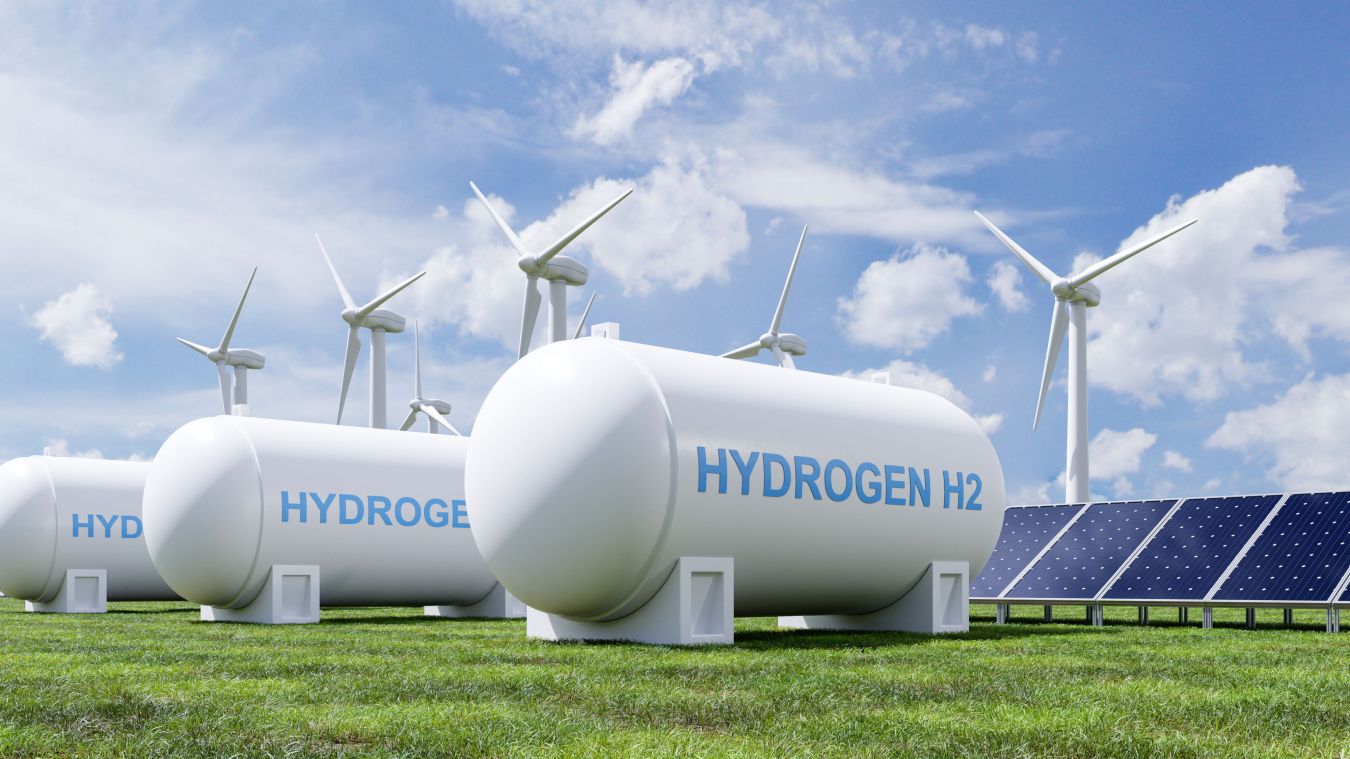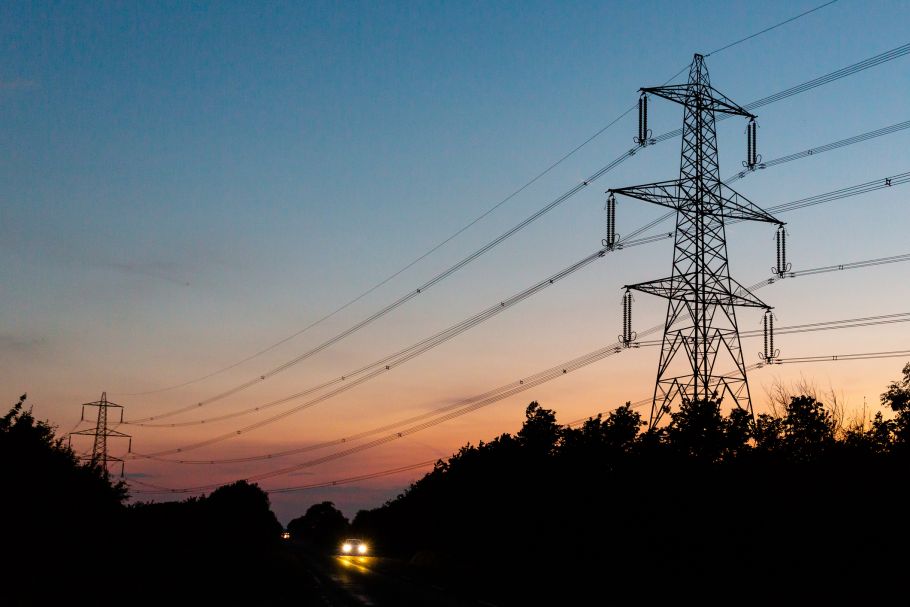
Date published: 14 February 2023
UK Hydrogen Production Business Model: an update
UK Hydrogen Production Business Model: an update
In the second of a series of articles, we set out some of the key implications of the Department of Business, Energy and Industrial Strategy (BEIS) update to the Heads of Terms for the Agreement for the Low Carbon Hydrogen Production Business Model (the LCHA), published in December 2022.
Hydrogen Production Business Model
In a previous article, we considered the opportunities and challenges presented by hydrogen in the UK. To address some of those challenges, the Hydrogen Production Business Model (HPBM) seeks to support production of hydrogen via a contractual support mechanism which provides revenue support. In very simple terms, the mechanism recognises that the price at which hydrogen can be sold will not cover the costs of production and a reasonable return to investors. It, therefore, provides for “top-up” payments to account for this difference and provides investors with a measure of revenue certainty.
The HPBM will support selected producers of low-carbon hydrogen by paying them a premium, calculated as the difference between a Strike Price (reflective of the producer’s unit cost of production and negotiated on a project-by-project basis) and a Reference Price (based on the price at which the producer sells their hydrogen, with a floor at the natural gas price). The HPBM also includes a reward mechanism that incentivises producers to achieve higher sales prices, which will reduce the size of the support payment under the LCHA.
UK Low Carbon Hydrogen Standard
Important context for the Heads of Terms for the LCHA is the UK Low Carbon Hydrogen Standard (LCHS). The HPBM will support newly constructed hydrogen facilities that can meet the requirements of the standard. It is an emissions standard for hydrogen production to ensure that support is targeted at projects that are consistent with net zero. BEIS published its decision in April 2022, along with documents explaining how the standard will work. In simple terms, these documents set out the methodologies for determining how the emissions associated with hydrogen production will be calculated.
The standard requires hydrogen producers to: (i) meet a GHG emissions intensity of 20g CO2e/MJLHV of produced hydrogen or less for the hydrogen to be considered low carbon; and (ii) calculate greenhouse gas emissions up to the point of production.
Updated Heads of Terms for the LCHA
BEIS originally consulted on the Hydrogen Business Model in August 2021. The Government’s response was published in April 2022, along with indicative Heads of Terms. BEIS has now published an update to the Heads of Terms, which sets out the government’s proposal for the final hydrogen production business model design.
The Heads of Terms will form the basis of the LCHA, which is the business model contract between the government appointed counterparty and a low-carbon hydrogen producer. The LCHA has closely modelled on the latest Contract for Difference (CfD) standard terms and conditions and will be familiar to those in the low-carbon electricity sector. The Heads of Terms are draft terms, and therefore, only provide a framework for the principal terms and conditions that will or are expected to be included in the LCHA.
We have outlined some of the key points to note below.
Parties. The contract will be a private law contract between the hydrogen producer and the government appointed counterparty (in the same way as the CfD).
Length of support. The contract will last to the earlier of 15 years from the Start Date or the date the LCHA Production Cap is reached.
Start Date. Projects will require to be commissioned within a Target Commissioning Window (i.e. a 12-month period). If the project is commissioned late, the 15-year term will begin from the end of the Target Commissioning Window. If the project is not commissioned by a Longstop Date, the government appointed counterparty has a right to terminate the contract.
Conditions Precedent. The LCHA will include two sets of conditions precedent, the “Initial Conditions Precedent” and the “Operational Conditions Precedent”, similar to the Allocation Round 4 low carbon electricity CfD.
For the Start Date to occur and for LCHA payments to commence, the producer must satisfy a number of Operational Conditions Precedent. These include: evidence that the producer has commissioned an Installed Capacity of not less than 80%; evidence that the project can produce hydrogen meeting the LCHS; and written confirmation from the producer to the government appointed counterparty that no subsidy has been received.
Milestone Requirement. Much like the CfD, the producer must demonstrate by a Milestone Delivery Date (12 months from signing the contract) that it is committed to the project by either spending a minimum 10% of the total project commissioning costs or by demonstrating that the key equipment contracts have been entered into. If this is not achieved, the government appointed counterparty may terminate the contract.
Achieving the Installed Capacity. The producer needs to demonstrate that not less than 95% of the installed capacity estimate (the capacity that the producer said the project would achieve) has been commissioned. If the producer is unable to demonstrate this, the counterparty has the right to terminate the contract.
Qualifying Volumes. The LCHA will only subsidise “Qualifying Volumes” i.e. hydrogen volumes which meet the LCHS, which are sold to Qualifying Offtakers and which are not volumes that receive support under the Renewable Transport Fuel Certificates regime.
Non-Qualifying Volumes. A producer will be permitted to sell Non-Qualifying Volumes (hydrogen which does not meet the LCHS or which is sold to a Non-Qualifying Offtake); however, where the price for those volumes exceeds the Strike Price, the difference will be offset against sums owed by the counterparty to the producer.
Termination Rights. There is a range of rights of termination for producer default. If a Termination Event occurs after the Start Date and the LCHA counterparty terminates the LCHA, the producer will be obliged to pay to the counterparty a Default Termination Payment.
Volume Caps. The LCHA Production Cap is a figure agreed at the award of the LCHA, which represents the total amount of hydrogen the plant is likely to produce during the term of the contract. The total volume cap is divided by 15 to provide an annual volume cap (plus a 25% buffer). If the annual volume cap is exceeded in two consecutive or non-consecutive years, the contract may be terminated. Similarly, where the total volume cap is reached, the LCHA can also be terminated.
Payments, Strike Price and Reference Price. In the same way as the CfD, producers will agree a Strike Price under the LCHA. The Reference Price for Qualifying Volumes will be the higher of: (i) the gas reference price (i.e. the Floor Price, the daily average end-of-day value for the month ahead natural gas contracts), and (ii) the achieved sales price for those Qualifying Volumes. The contract will provide for a price fix by way of difference payments. The producer will make payments to the counterparty when the Reference Price is above the Strike Price. When the Reference Price is below the Strike Price, the counterparty will make payments to the producer.
Further consideration and development
The provisions set out in the Heads of Terms are draft terms which remain subject to further consideration and development by BEIS. If you would like to discuss potential implications of the LCHA for your project, please get in touch with John Grady, Scott Rodger or Ashley French.
To find out more contact us here
Sectors: Clean Energy, Energy and Natural Resources, Energy Markets and Regulation















